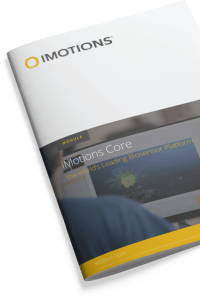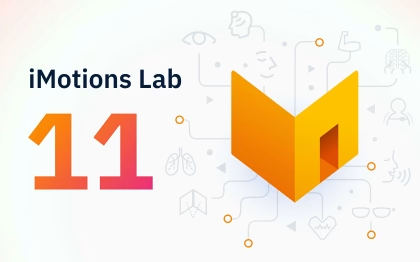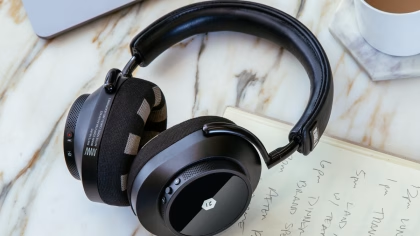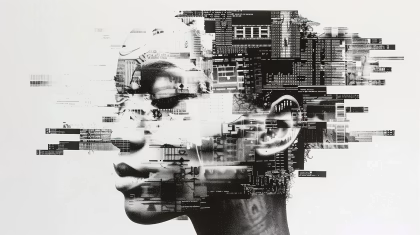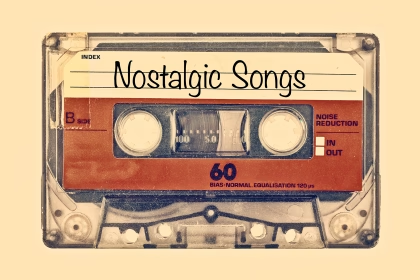What is a stimulus? A stimulus in research is an object or input used to elicit responses from participants, essential in behavioral studies. Learn how to check the stimulus, explore real-life examples, and discover tips for selecting realistic stimuli while leveraging advanced tools for accurate and engaging research insights.
Table of Contents
What Is a Stimulus? Definition and Importance
Understanding what is a stimulus is fundamental to how human behavior research is conducted. In its simplest definition, a stimulus (plural: stimuli) is any object, event, or factor designed to elicit a reaction or response from an individual or group. Researchers leverage stimuli in research studies to investigate behaviors, responses, and interactions, making them essential tools in experimental and observational studies.
Stimuli can take various forms, including audio, visual, or physical formats, and are carefully crafted to engage participants, reflect real-life scenarios, and narrow focus to specific research questions. Let’s dive deeper into how stimuli work, their significance, and best practices for their use in research settings.
Why Check the Stimulus in Research?
Before a study begins, it is crucial to check the stimulus being used. This ensures:
- Relevance: The stimulus aligns with the research hypothesis and objectives.
- Realism: It mirrors real-world scenarios to enhance the validity of the study.
- Engagement: Participants remain immersed and attentive during the experiment.
- Clarity: The stimulus reduces ambiguity, ensuring results are tied directly to the research question.
By thoroughly assessing and refining stimuli, researchers can enhance data quality and derive actionable insights.
Case Examples: How Stimuli Are Used in Research
Stimuli are widely utilized across industries and disciplines, from marketing to clinical psychology. Here are some examples:
Eye-Tracking and Brand Logos
In a consumer behavior study, stimuli may include various logo designs presented to participants. Eye-tracking software records where participants focus their gaze, revealing which designs capture the most attention. This provides invaluable insights for brands looking to optimize their visual identity.
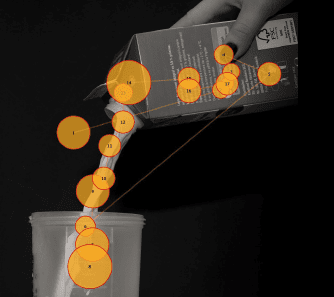
Clinical Research on Phobias
Stimuli also play a pivotal role in therapeutic settings. For example, in research addressing achluophobia (fear of the dark), participants might be placed in a dimly lit room. Their physiological responses, such as heart rate or galvanic skin response (GSR), are measured. The dark room in this case acts as the stimulus to evoke and measure reactions tied to the fear.
Selecting and Using Stimuli in Research
Fit the Hypothesis
Start with your research question or hypothesis. The stimulus should directly address the objectives of the study. For instance, if you’re studying the effects of music on mood, your stimulus should include various music tracks tailored to evoke specific emotions.
Make It Realistic
Realism enhances the applicability of research findings. For example, when testing reactions to advertisements, ensure the stimulus mirrors the real-world presentation, including color schemes, formats, and dimensions.
Leverage Technology
Advanced technology has revolutionized how researchers use stimuli. Platforms now allow real-time synchronization of stimuli presentation and response measurement, enhancing efficiency and data accuracy.
Use Integrated Software
Modern research tools streamline the process by combining stimuli presentation and data collection on a single platform. This not only saves time but also reduces the risk of errors.
Enhancing Research with Technology
Real-Time Synchronization
Observing participant responses in real-time provides valuable insights during the study rather than waiting until data analysis. Advanced software can record sensory responses, such as eye movements or facial expressions, as stimuli are presented.
Stimulus Software Features
Platforms like iMotions have transformed the research landscape. iMotions offers integrated solutions to present high-quality visual, audio, and even virtual reality stimuli. Features include:
- Screen Recording: Captures everything participants see and interact with.
- Face Recording: Allows analysis of facial expressions during the study.
- Scene Recording: Uses external cameras to observe participant behavior.
These tools ensure seamless integration of stimuli with participant responses, creating a comprehensive data set for analysis.
The Future of Stimuli in Research
As technology evolves, so do the possibilities for innovative stimuli applications. Virtual reality (VR), augmented reality (AR), and biosensors are making stimuli more immersive and dynamic than ever before. For example, researchers can now simulate lifelike experiences in VR environments, enabling studies on everything from user interfaces to therapeutic interventions.
FAQs about Stimuli in Research
What is a stimulus in research?
A stimulus in research refers to any object, event, or input designed to evoke a response from participants. It is a fundamental tool for studying human behavior and reactions.
Why is it important to check the stimulus before a study?
Ensuring the stimulus is relevant, realistic, and engaging helps improve data accuracy and validity, aligning the research outcomes with real-world scenarios.
What are some examples of stimuli in research?
Examples include visual stimuli like images or videos, audio stimuli like music or sound effects, and physical stimuli like textures, temperatures, or environments.
How can technology enhance the use of stimuli?
Modern software allows researchers to synchronize stimuli presentation with response collection in real-time, enabling more dynamic and accurate studies.
What is the role of realism in stimuli?
Realistic stimuli make findings more applicable to real-world settings, improving the reliability and relevance of research.
What is stimulus software, and how does it work?
Stimulus software integrates tools for presenting stimuli and recording responses, such as eye-tracking, facial recognition, and sensory inputs. It simplifies the research process and enhances data accuracy.
Conclusion
Stimuli are indispensable in understanding human behavior. From the foundational question of what is a stimulus to selecting the right tools for your study, careful attention to detail ensures the success of your research. By checking the stimulus for relevance, realism, and engagement, you can unlock powerful insights and deliver impactful results. With cutting-edge technology like iMotions, researchers can take their studies to the next level. Ready to enhance your research? Contact us to learn more about how our tools can help you achieve your goals.
Download iMotions Software Brochure
iMotions is the world’s leading biosensor platform. Learn about how iMotions software can help you with your human behavior research.
